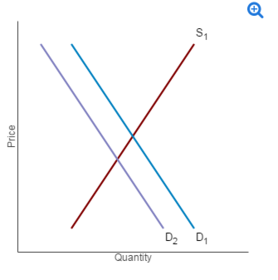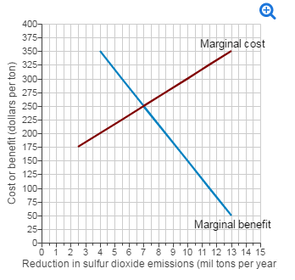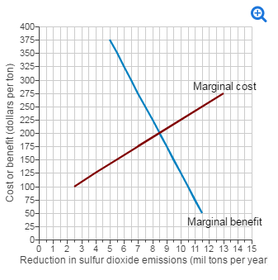Business/Economics Karteikarten am Chapter 5 Homework, erstellt von void pickle am 19/10/2016.
Angeheftet an
15188
2
0
Keine Merkmale angegeben
|
|
Erstellt von void pickle
vor etwa 8 Jahre
|
|
Schließen





